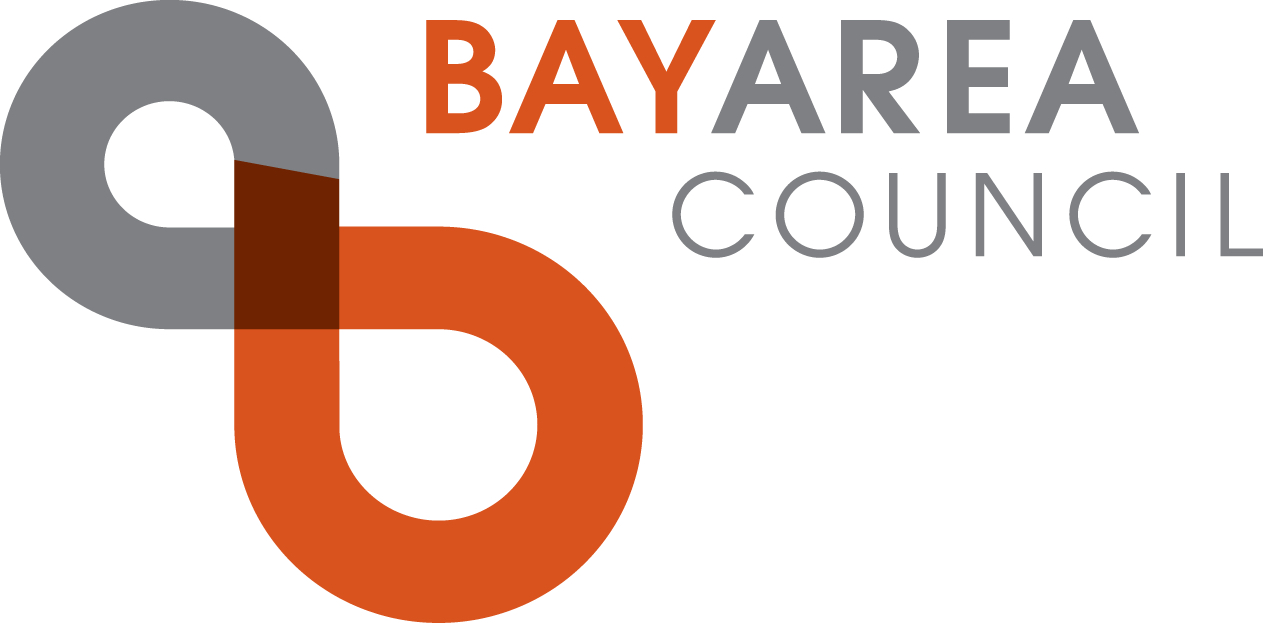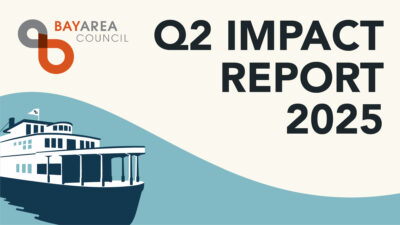Bay Watch: After Gains, Fall Transit Ridership Dips
Despite steady if not slow progress in recovering transit ridership since the depths of the pandemic, luring passengers back to key systems remains a challenge. Ridership across several key systems, including BART and Caltrain, had been slowly ticking up since last summer. But, according to the Bay Area Council Economic Institute’s transit tracker, the numbers started to plateau this past fall and, in some cases, drop slightly. After reaching a peak of 171,000 average weekday riders in October, down from 408,000 before the pandemic, BART average weekday ridership slipped to 141,000 in December, the latest month for which data is available.
Read the full Bay Watch transit analysis>>
Some of that softening may be seasonal, but the latest results from the Bay Area Council’s bi-monthly Return to Office Survey (RTO) also suggests that new commute patterns related to remote work are getting permanently locked in. The RTO Survey did find that concerns about crime and safety on transit, which had been cited as a major reason for commuters not returning to some systems, dropped by about 8 percent in the latest round. The Council has been leading the charge over the past two years in advocating for prioritizing safety, and BART has responded by stationing more police officers on trains and in stations and increasing cleaning, among other measures.
It may be too early to tell whether these ridership patterns are permanent. The commute data shows that crossings on Bay Area bridges have largely returned to pre-pandemic levels, and that the majority of those motorists are driving alone. But there’s still more to shake out when it comes to workers returning to offices on a more regular basis. Office vacancies in places like San Francisco are at or near record highs, but there are growing calls among some business leaders concerned about a breakdown in workplace culture and collaboration for bringing workers back more frequently. Explosive job growth and investment in the region’s artificial intelligence industry is also stirring interest in commercial real estate.
Not all of the ridership news is bad. Ridership on ferries has returned to 86 percent of pre-pandemic levels, reaching a weekday average of almost 7,500 riders. All of this reinforces the importance of efforts the Council is helping lead to re-imagine transit operations and service to adapt to these new commute patterns. And make the systems more financially sustainable in a world with reduced fare revenue. That will be critical as regional transportation leaders consider placing a transportation improvement measure on the ballot in the next two years. The Council is an active partner in the discussions to develop a measure and to enact operational changes to better integrate our transit systems to provide better service and make them more effective and cost-efficient.





